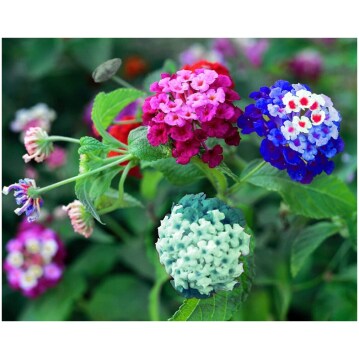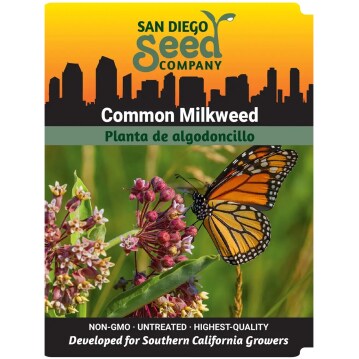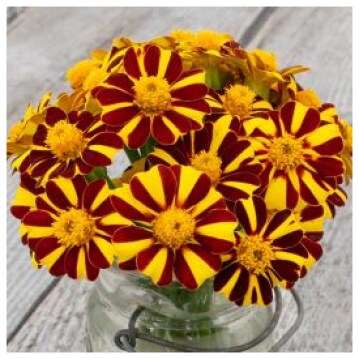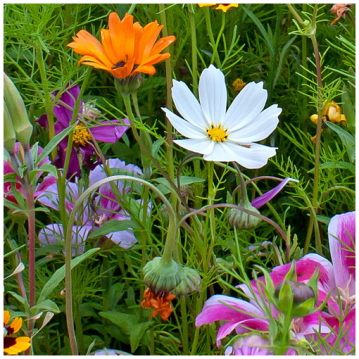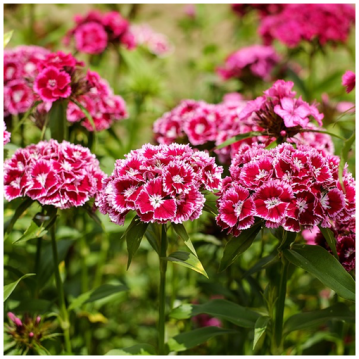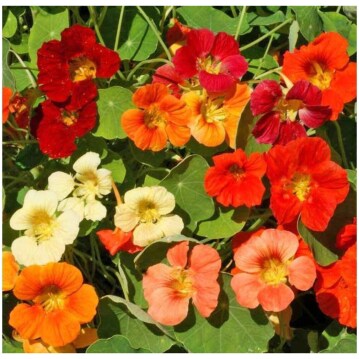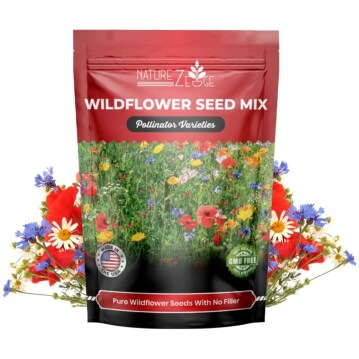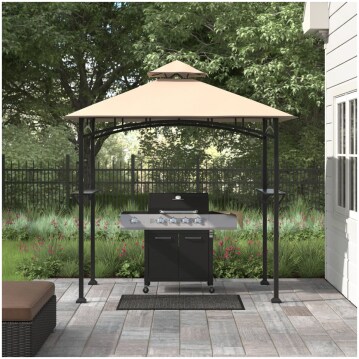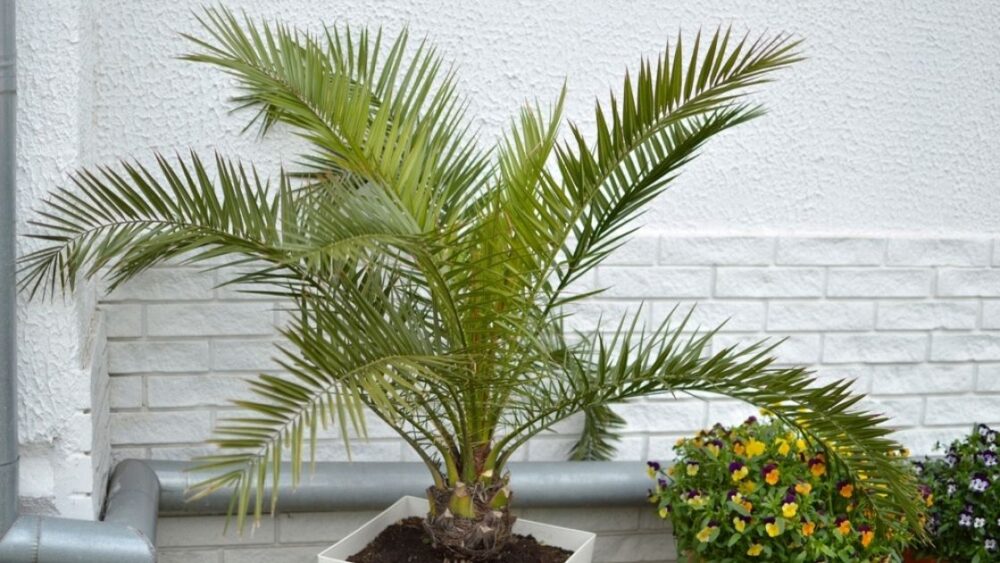Description
500 Yellow Evening Primrose Flower Seeds Oenothera biennis
500 Yellow Evening Primrose Flower Seeds – Opens Right Before Your Eyes
**********
Evening Primrose is a biennial wildflower native to most of North America. Plants grow 4-6 feet tall, and their bright yellow flowers are commonly seen in late summer and fall. This species does well in dry, well-drained soils and tolerates sunny or shady spots. The flowers attract many species of native bees.
They open visibly fast every evening producing an interesting spectacle, hence the name “evening primrose.”
Other common Names are Evening star, sundrop, German rampion, King’s cure-all, or fever-plant
Fragrant and showy, Oenothera biennis (Common Evening Primrose) is an erect biennial featuring large, bowl-shaped, lemon-scented, yellow flowers, up to 2 in. across (5 cm), at the top of a stiff, purple-tinged flower stem. Blooming profusely from early summer to early fall, the flowers open in the evening and remain open through late morning. They rise on leafy, branched stems from a basal rosette of oblong, long medium green leaves. This Evening Primrose completes its life cycle in 2 years, its basal leaves becoming established the first year, while flowering occurs the second year. The seeds stay, however, and germinate if the soil is disturbed. The whole plant is edible: the leaves can be cooked as green vegetables and the flowers make beautiful salad garnish!
A valuable plant for its ability to grow in poor soils and tolerate drought. Provides a bold splash of color in the summer garden..
Winter hardy, this perennial plant grows 3-5 ft. tall (90-150 cm) and 2-3 ft. wide (60-90 cm). May spread by self-seeding in a somewhat weedy fashion.
Best in full sun in average, medium moisture, well-drained soils. Tolerates gravelly or sandy soils, drought and light shade.
Great choice for prairies and meadows, wildflower gardens or naturalized areas. May be planted in beds, borders.
No serious insect or disease issues. Watch for leaf spot and powdery mildew.
Deer resistant, this plant attracts bees, birds and butterflies. The flowers are fertilized by night-flying moths which are attracted by their lemon fragrance and by bees in the morning before closure. The seeds are important as bird feed.
Propagate by seed sown in early summer. Cut back after flowering.
This perennial wildflower is native throughout Canada and the U. S. except for Idaho, Wyoming, Utah, Colorado and Arizona.
Adding color to beds and borders, Oenothera are easy-to-grow perennial wildflowers. Sundrops (Oenothera fruticosa) bloom in daylight, while the flowers of Evening Primroses (Oenothera speciosa) open at dusk. Rising above basal rosettes of narrow leaves in late spring and midsummer, the delicate, saucer-shaped flowers glow in the summer garden in cheery yellow, pink or white. Great elements for summer borders or wildflower gardens where they nourish butterflies and bees. After they have faded, many mark their passing with a burst of richly colored fall leaves.
Sowing: Direct sow in early spring, pressing lightly into the surface of the soil since this seed needs light to germinate. Keep the soil lightly moist until germination, which should occur within 10-30 days. When the seedlings can safely be handled, thin or transplant for wider spacing. For an early start, start the seed indoors 8-10 weeks before the last frost and transplant outdoors.
Growing: Water the seedlings until they become established. Mature plants can tolerate almost any type of soil, though they tend to wilt in extremely dry soil. This plant needs little care and grows easily; it can quickly spread and become invasive if not controlled, since it reseeds prolifically. To help prevent this, the plants can be cut back after blooming. This plant attracts birds and resists deer.


